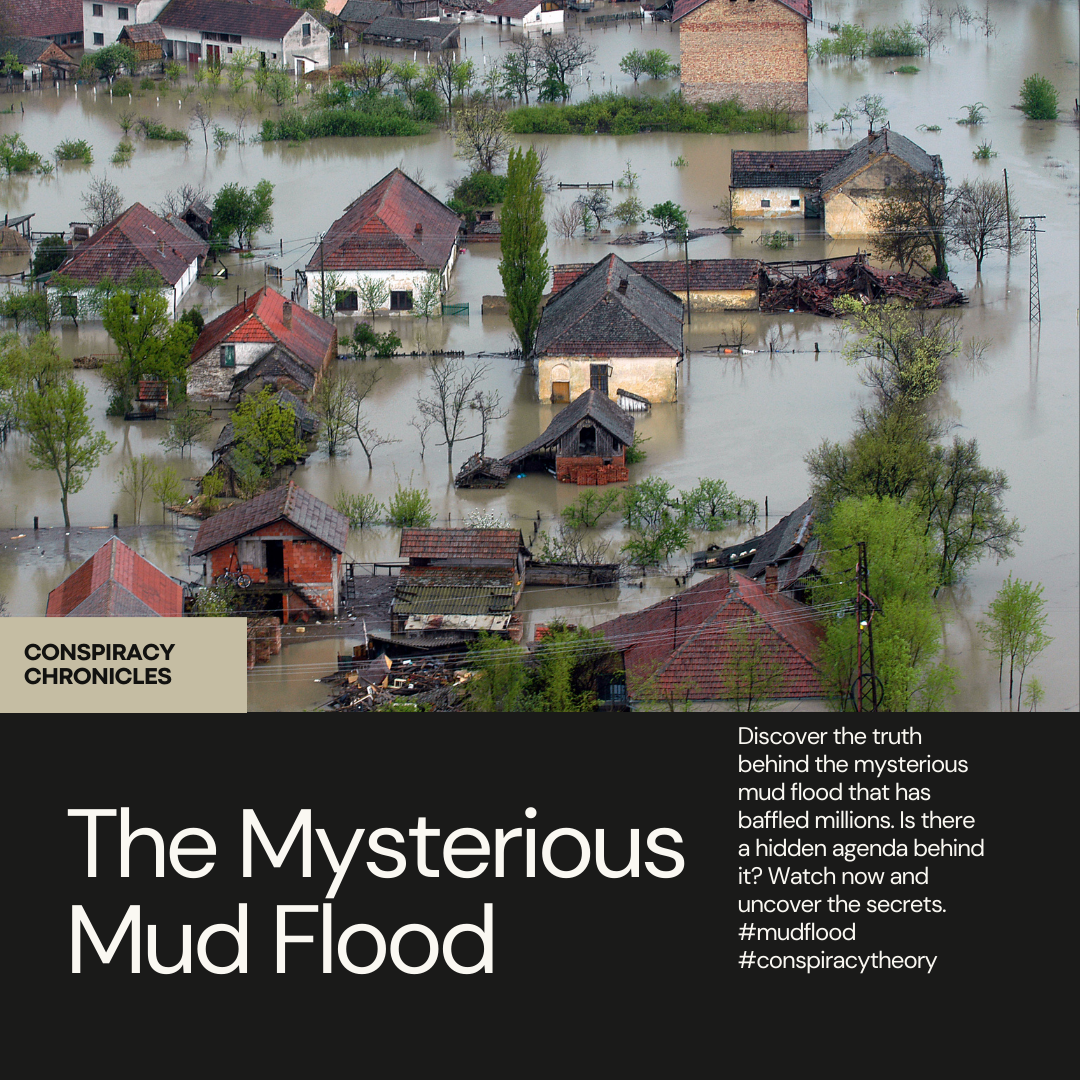Digging into the Conspiracy Theories
In the vast expanse of the internet, amidst a sea of historical content, there lurks a peculiar theory that challenges the very foundations of urban history: the Mud Flood theory. This alternative historical narrative suggests that many of our major cities were not built by human hands but were instead excavated from underground, emerging intact after being buried by a catastrophic natural disaster, often referred to as a mud flood. This theory posits that ancient civilizations, such as the supposed Tartarian Empire, constructed these cities in a golden age of science and culture, only for them to be lost to history. But what evidence supports these claims, and why has this theory gained traction despite its controversial nature?
The Origins of Mud Flood Theory
To understand the Mud Flood theory, we must delve into its origins and the circumstances that gave rise to it. The theory suggests that during the 19th century, a series of cataclysmic events, including mud floods, buried advanced civilizations beneath layers of earth, which were later rediscovered and inhabited by modern societies. Proponents of this theory often point to anomalous architectural features, such as underground tunnels and bricked-up windows, as evidence of these buried structures.
The Conspiracy Unveiled
At the heart of the Mud Flood theory lies a belief in a vast international conspiracy aimed at suppressing the truth about these ancient civilizations. According to proponents of the theory, mainstream historians and authorities have actively worked to conceal evidence of the mud floods and the advanced societies that supposedly preceded our own. This alleged cover-up has fueled speculation and skepticism among those who question the official historical narrative.
Exploring Anomalies in Architecture
One of the central tenets of the Mud Flood theory is the presence of architectural anomalies in many cities around the world. Images circulated online often highlight buildings with partially buried lower floors, mysterious underground passages, and other features that seem incongruous with conventional urban development. However, skeptics argue that these anomalies can be explained by factors such as changes in street levels over time and the adaptive reuse of older structures.
Separating Fact from Fiction
While the Mud Flood theory has captured the imagination of many online communities, it is essential to approach it with a critical eye. Mainstream historians and archaeologists widely reject the claims put forth by proponents of the theory, citing a lack of credible evidence and scientific rigor. Instead, they emphasize the importance of peer-reviewed research and empirical data in understanding the past.
The Role of Urban Development
Urban development is a complex and dynamic process shaped by numerous factors, including social, economic, and environmental forces. Cities evolve over time through cycles of construction, demolition, and renovation, leaving behind layers of history embedded in their built environment. While the Mud Flood theory may offer a compelling narrative, it overlooks the intricacies of urban development and the gradual accumulation of architectural features over centuries.
Unraveling the Progressive Bias
Critics of the Mud Flood theory often highlight its tendency to rely on a simplistic interpretation of history and its dismissal of established scholarly research. The theory’s rejection of mainstream historical narratives reflects a broader trend known as the progressive bias, which portrays history as a linear march of progress driven by technological innovation and social reform. By challenging this bias, scholars aim to present a more nuanced understanding of the past that acknowledges its complexities and contradictions.
The Dangers of Pseudohistory
While conspiracy theories like the Mud Flood may seem harmless on the surface, they can have significant consequences for public discourse and scholarly inquiry. Pseudohistorical narratives undermine trust in academic institutions and erode confidence in established historical methods. By promoting fringe theories over evidence-based research, they contribute to the spread of misinformation and the erosion of critical thinking skills.
Moving Forward with Caution
As we navigate the vast landscape of online information, it is crucial to approach conspiracy theories like the Mud Flood with caution and skepticism. While these theories may offer tantalizing narratives and alternative interpretations of history, they often lack substantive evidence and rigorous analysis. By engaging with reputable sources and critically evaluating the claims put forth by conspiracy theorists, we can foster a more informed and nuanced understanding of the past.
Conclusion
In the realm of historical inquiry, the Mud Flood theory stands as a testament to the enduring allure of conspiracy theories and alternative narratives. While proponents of the theory may continue to challenge the mainstream historical narrative, it is essential to subject their claims to rigorous scrutiny and empirical analysis. By upholding the principles of evidence-based research and critical thinking, we can separate fact from fiction and unravel the mysteries of the past with clarity and precision.





